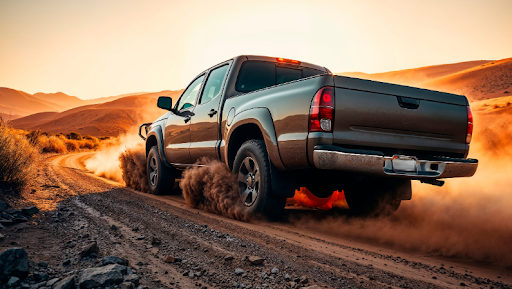
Somewhere Over the Rainbow
Automotive coatings manufacturer BASF helps designers add new color to the future of the automobile.
To the casual observer it might look like a bowling ball showroom, but what these brightly colored half-globes represent are the colors of your next car … maybe.
Once a year BASF Automotive Paint and Coatings Division in Southfield, Mich., entertains automotive designers and engineers who peruse the color globes, ask technical questions and eventually, if they like what they see, take a sample back to the studio and compare it to interior fabrics, plastics and other components to see if it fits in their future plans.
 |
| Jon R. Hall, the technical manager, color, automotive OEM coatings for BASF, examines one of the many future automotive paint colors available from BASF. |
Hall confesses that BASF doesn’t necessarily invent these pigments or techniques, but considers itself a sponsor for new ideas, gathering the latest technologies from pigment manufacturers and tapping the minds of trend forecasting companies and the automotive designers themselves.
Hall says that because pigment suppliers recognize BASF’s long history in introducing new technologies, they will bring their latest inventions to them.
“We tend to get an early look at these things,” says Hall, “and try to figure out how to turn it into paint.”
Hall also keeps an eye on the auto customizing scene to see how the aftermarket is using BASF products and investigates the potential for turning some of their talents into commercial successes.
Hall has found that one trend in the industry is to create designs using BASF’s Charizzma dyes over polished metal. An American flag motif on one of the half-globes used blue and red die for the flag, with the white stripes and stars represented by polished aluminum.
In a search for brighter, more vibrant colors, BASF has developed a red that uses red metallic flakes suspended in a red paint which gives off a brilliant, yet luxurious burst of color. And some of the company’s paint shifting technologies, like that found in the Mystic paint used on the 1999 Ford Mystic Mustang, are finding their way into commercialization. Several of the globes sported silver and bronze metallic paint jobs that shifted very subtly to green and yellow.
Future technology includes an experimental metallic pigment that creates a holographic effect. While all metallic paints use aluminum or mica flakes that create a slight differentiation in shade from dark to light, the holographic effect is created by a diffraction grating texture applied on the aluminum pigment flakes during their manufacture. Those special flake pigments are then incorporated into the paint formula to offer this new kind of color effect.
What colors does Hall see gracing auto showrooms in the future?
“Silver and gray are still the most popular,” Hall says. But he adds that they will evolve into tinted and liquid silvers. BASF is currently supplying a paint for the Japanese Nissan Fairlady 350Z that uses a very finely ground metallic pigment giving the silver finish a more satin look.
Hall says that oranges, evolving into browns, will become popular taking over for green, which Hall says is on the way out.
“Blues and reds have bottomed out,” Hall says, “and will start making a comeback.” The luxury end of the spectrum will wear their blues and reds very dark, almost black, focusing on the quality of the finish as much as the color. And Hall says that turquoise blues will be one of the color choices for sports car designers going forward.
The number one request of all OEMs is not of a specific color at all, but for a scratch-resistant clear coat.
Hall realizes that the coatings supply industry can’t stand still. He points out that the thickness of paint coats on today’s cars is about half of what it was ten years ago. Less paint equals less cost and faster curing times, two things that are very appealing to the OEMs. BASF is continuing to experiment with new pigment technologies and environmentally friendly paints. Research is also being done with powders and film and while both show promise, they are quite cost prohibitive at this time.
“Painting is still the best, most efficient way to get a great high-class finish,” Hall says.









More Stories
RAM Trucks in Toronto: Why CarHub North York Chrysler Delivers the Best Experience
Buying Car Insurance in Toronto? Don’t Make These Rookie Mistakes
Extend Your Range, Maximize Your Storage with FRDM’s 45 Gallon Combo